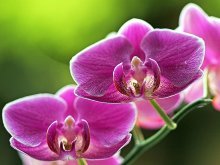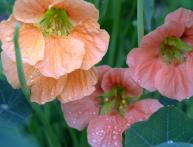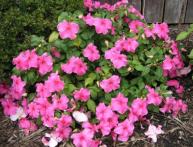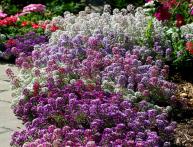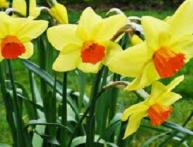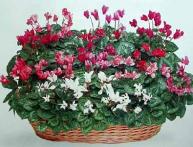Watering an orchid during flowering: characteristics and types of plants
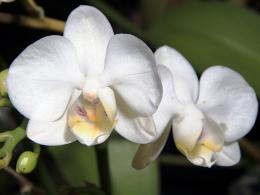
An orchid is one of the most delicate and beautiful flowers and requires careful care, unlike other types of plants. If you do not follow the correct watering, this can lead to the development of disease and even death of the plant.
Content:
Orchid: description and plant varieties
Orchid is a perennial epiphytic plant of the Orchidaceae family. Its rhizome is creeping. In nature, they grow on trees and rocks, and the roots are in the air. They take all the necessary nutrients not from the tree on which they grow, but from the air, garbage, and rain.
The simple petiolate leaves are formed on a bulb, which resembles the shape of an onion. Orchid flowers are single with three outer and inner petals. One of the petals is not the same as the rest and differs in shape, size and color. There is a wide variety of species of this plant. The most common are:
- Phalaenopsis
- Cattleya
- Dracula
- Dendrobium
- Wanda
These types orchids differ not only in the structure of the flower, but also in shades. Flowering of an orchid can be observed within 2-3 months, even several times a year, if the necessary temperature conditions, watering and fertilizing are provided.
Growing orchids: planting
After purchasing in a store, the plant does not need to be replanted for several weeks. The orchid must get used to the container.Before planting or replanting a plant, you should choose the right container. It is better to choose plastic transparent pots, so the orchid will receive enough light.
The pot should be wide, but not very deep. You need to make several holes at the bottom. In nature, an orchid grows on the bark of trees, so this element must be present as a substrate. You can purchase ready-made priming in a flower shop, but the components included in it are of low quality. Therefore, it is better to prepare the mixture yourself.
As soil you should take: 2 parts of the top layer of peat, 1 part each of crushed pine bark, moss and charcoal and 0.5 parts of wood ash. For the drainage layer, you can take crushed stone, pebbles, and pieces of foam. The drainage layer should be 1/3 of the volume of the entire container. The plant must be carefully examined before planting and, if there are rotten or diseased roots, removed.
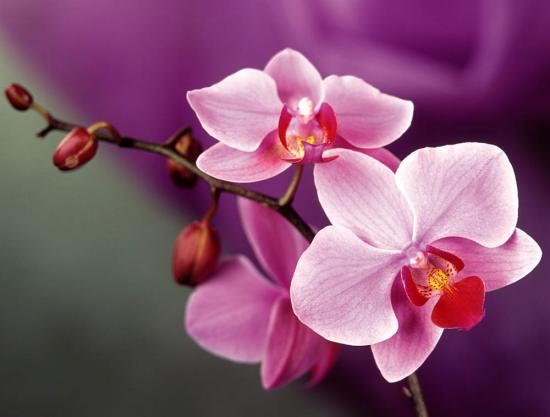
Powder the cut area with charcoal. Procedure for planting an orchid: place drainage and partially substrate at the bottom of the pot. Next, carefully place the roots in the container and fill the empty space between them with the remaining mixture. Place a layer of moss on top. At the final stage, secure the orchid with a flower holder.
Plant care
After landings Watering is carried out after 10-15 days. It is important to be able to carry out the procedure correctly and on time for good growth and flowering. Water with soft water, the temperature of which should be 2-3 degrees warmer than room temperature.
In summer, the plant is watered 2-3 times a week, and in winter it is reduced to 1 time. During flowering, water is applied directly to the root.At the same time, the condition of the soil should be monitored - it should not dry out and be very moist.
Video on how to care for an orchid:
There are several ways to water an orchid: using a watering can on the surface of the soil mixture, by immersing it in water, or using a warm shower. The first method to water the plant is to use a thin stream along the edge of the pot. When water appears in the pan, stop watering. After some time, the moisture will evaporate.
The immersion method is carried out as follows: place a pot with orchid for 15 minutes. During this time, the plant will absorb the required amount of moisture. The third method of watering under a warm shower is performed in the bathroom. The water temperature should be about 40 degrees.
A gentle stream is directed onto the roots and leaves of the plant. The duration of the procedure is about 10 minutes.
Orchids love humidified air, so it is recommended to place a container of water next to the pot. You can use a spray bottle, but the water should not get into the core of the flower. It is better to use phosphorus-potassium fertilizers that stimulate bud formation.
Nitrogen fertilizers are not used, as they stop the formation of buds. Fertilizing is applied no more than twice a month during flowering and growth. It is not advisable to apply fertilizer when the plant is at rest, as well as in the winter season.
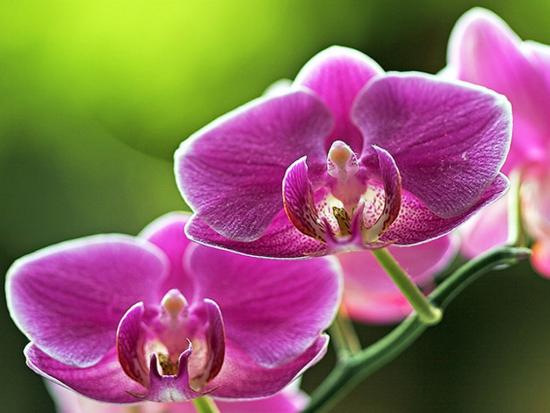
After flowering, the plant also needs care. Old peduncles are carefully cut off for further formation. You need to be able to perform this procedure correctly. Pruning The peduncle is made just above the developed bud by 5-6 mm. This will prevent it from drying out. With proper care, the orchid will delight you for a long time with its beautiful and delicate flowers.


